Health & safety
More than just bad smells – the dangers of landfill gases
Mar 07 2023
If someone asked you to name a location that is dangerous due to highly explosive and toxic gases, a landfill would likely not be your first answer. But “landfill gas” is a complex compound of hundreds of different gases and vapors, which each pose their own risk to landfill workers. To combat these dangers, it is essential to strictly enforce safety regulations and to implement measures like the “buddy system”. But the most reliable method of guaranteeing your safety and that of your team is the use of gas detectors that will warn you of dangerous gases and vapors as soon as they occur.
What is landfill gas?
Landfill gas is produced by bacterial decomposition of organic waste. This process happens in several stages, with each stage bringing new dangers as different gases are produced. The main components of landfill gas are methane (CH4) and carbon dioxide (CO2), but other gases also occur in varying concentrations. These include hydrogen sulfide (H2S), ammonia (NH3), hydrogen (H2), volatile organic compounds (VOCs) and several others. But the toxic and combustible properties of these gases are not the only risks you are facing on landfills. They also displace oxygen in the ambient air, putting you or your team at risk of asphyxiation. It is therefore not only important to monitor if any gases are increasing to dangerous or even lethal levels, but also to keep track of the oxygen levels and be aware that they might sink below the threshold required for breathing.
How can you protect yourself and your team from these gas dangers?
Everybody working on or even entering the decomposition areas of landfills must wear a portable gas detector to monitor the composition of air in their vicinity. This will ensure immediate warnings when potentially dangerous gas concentrations arise. Since you are not only facing one specific gas in these situations, you will need equipment that can detect several different gases at once. GfG offers a wide range of multi-gas detectors designed for this purpose.
Our newest development, the Polytector III G999S, will precisely measure methane in different measuring ranges (0 to 100 % LEL, 0 to 10,000 ppm or 0-100 vol %), while also coming with four further sensor slots for up to three electrochemical sensors for toxic gases, oxygen and hydrogen as well as an infrared sensor for CO2 and combustible gases (LEL). But all devices of GfG’s G888 and G999 series are able to monitor several different gases at once and are thus very suitable for situations when you cannot be sure which dangers to expect. As a smaller and lightweight alternative, the sturdy Microtector II G460 can monitor up to seven different gases, even VOCs, and is protected against the ingress of water and dust according to protection class IP67.
Choose from one of our portable gas detectors or contact one our product specialists to discuss which one is best suited for requirements in a free consultation.
Digital Edition
IET 35.2 March
April 2025
Air Monitoring - Probe Sampling in Hazardous Areas Under Extreme Conditions - New, Game-Changing Sensor for Methane Emissions - Blue Sky Thinking: a 50-year Retrospective on Technological Prog...
View all digital editions
Events
May 10 2025 Karachi, Pakistan
May 11 2025 Vienna, Austria
May 11 2025 Seoul, South Korea
Salon Analyse Industrielle & Instrumentation
May 14 2025 Paris, France
May 15 2025 Istanbul, Turkey
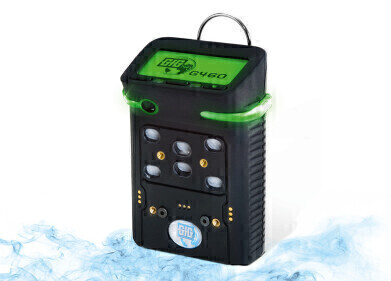
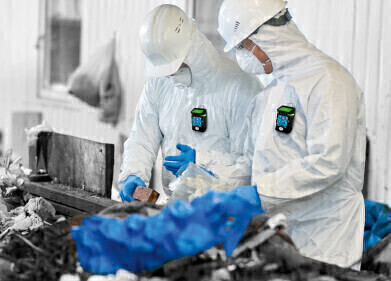
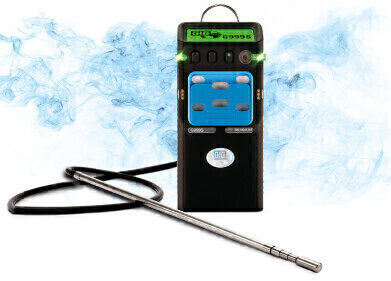



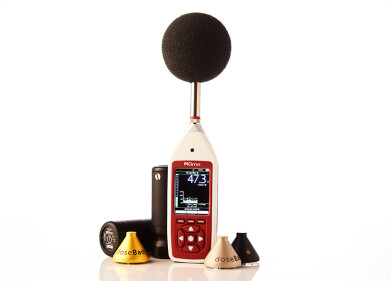
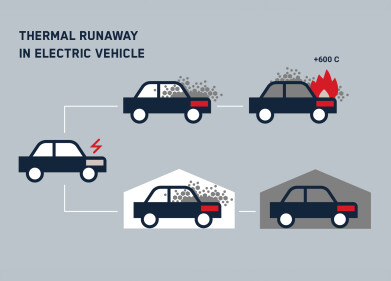

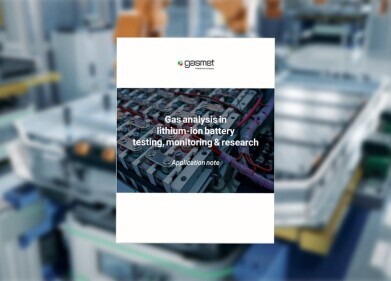

_(4427399123)-(2).jpg)












